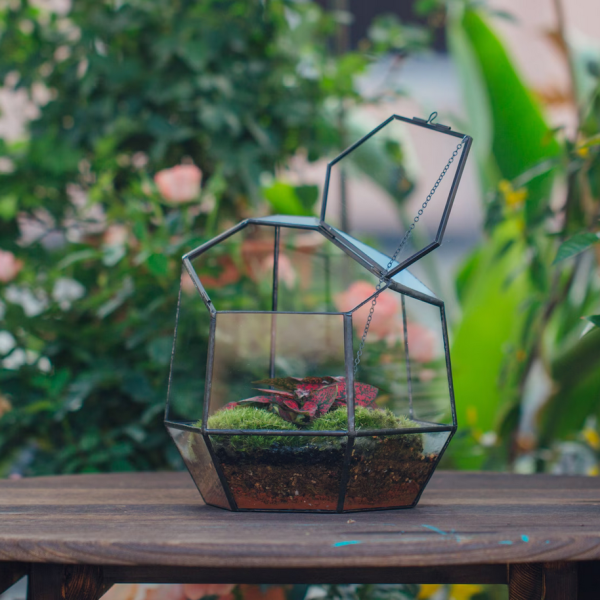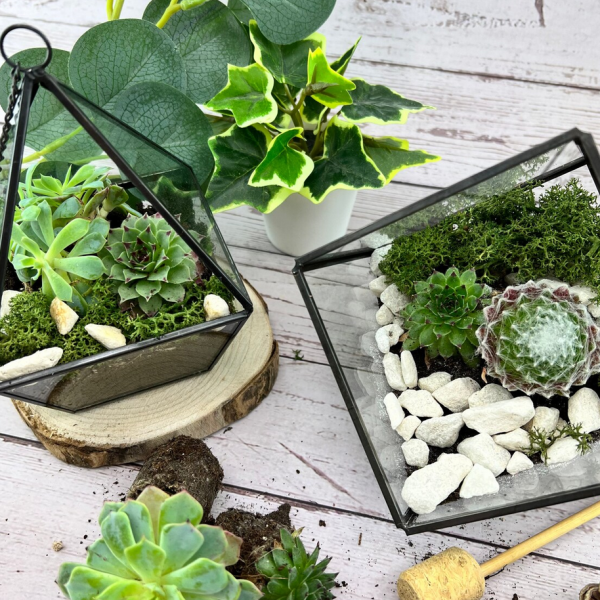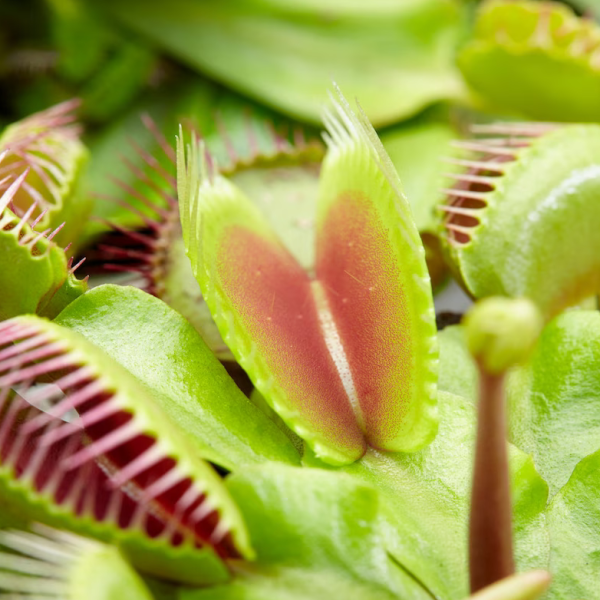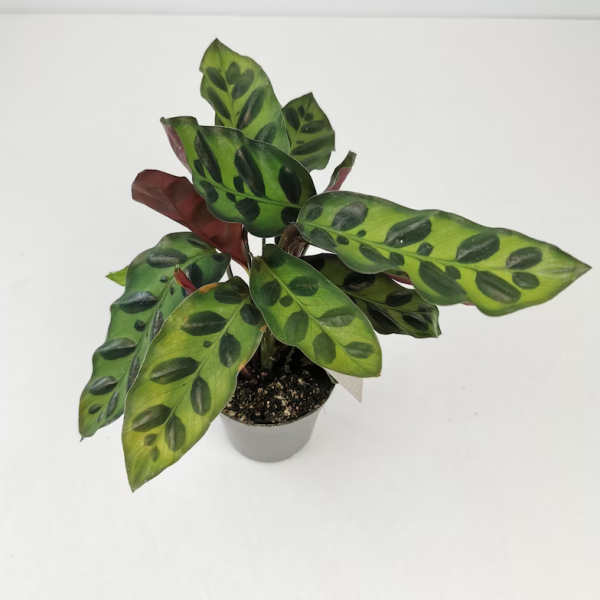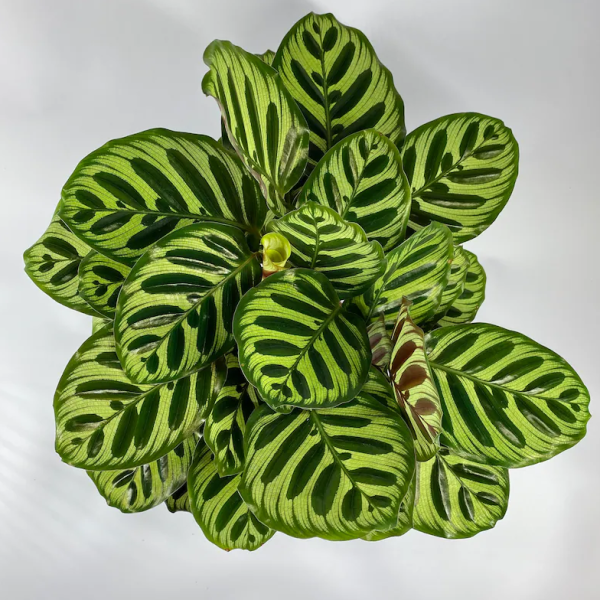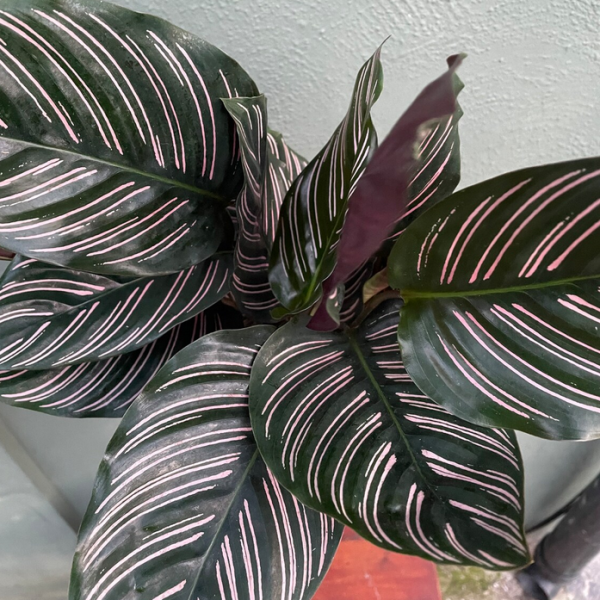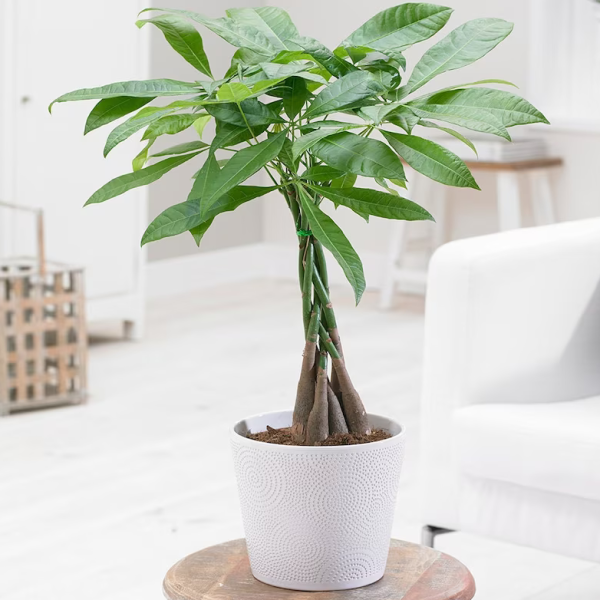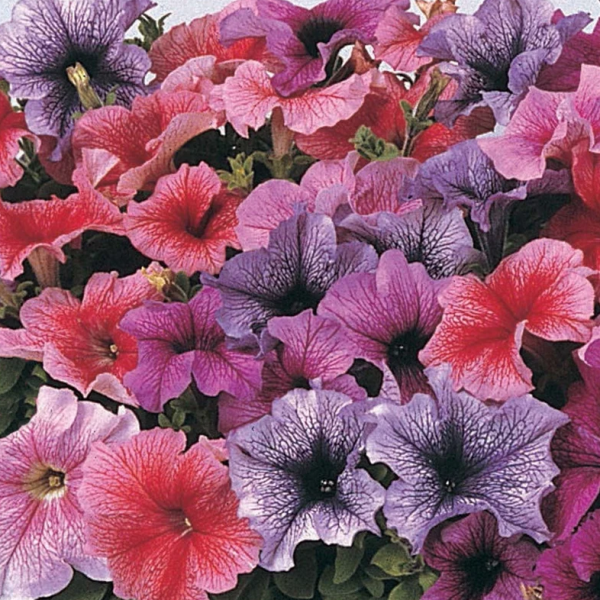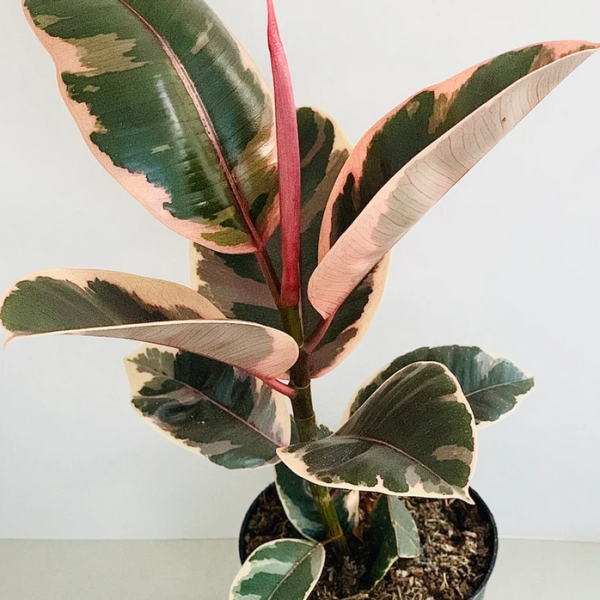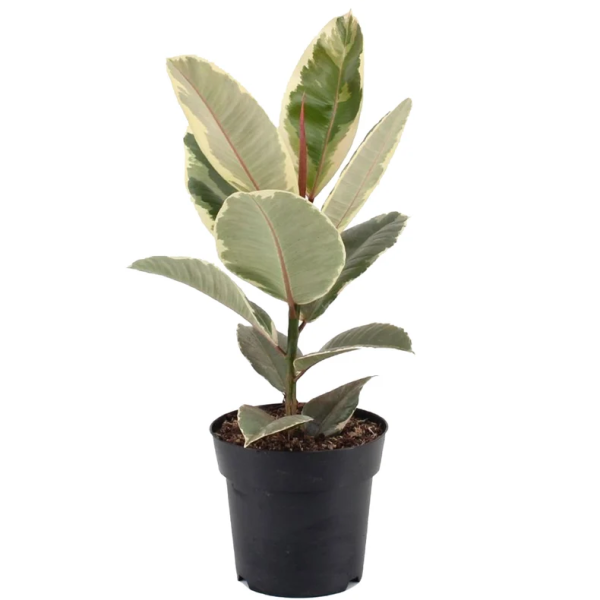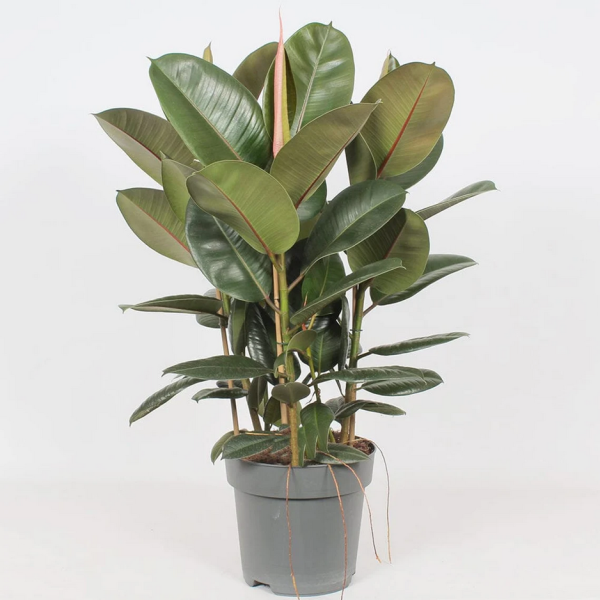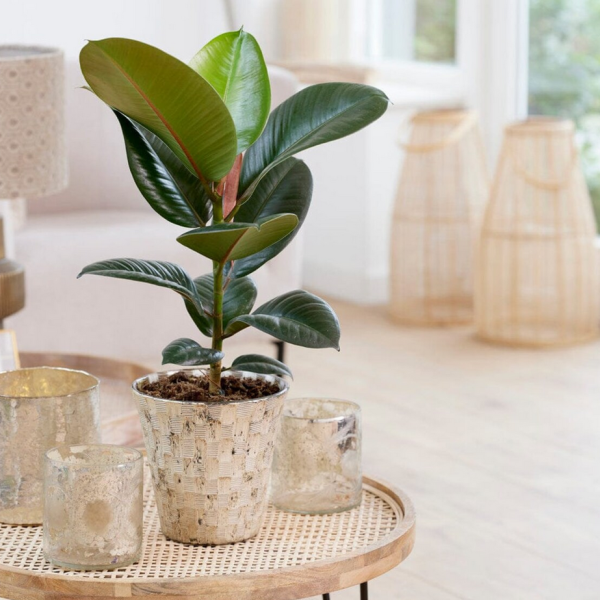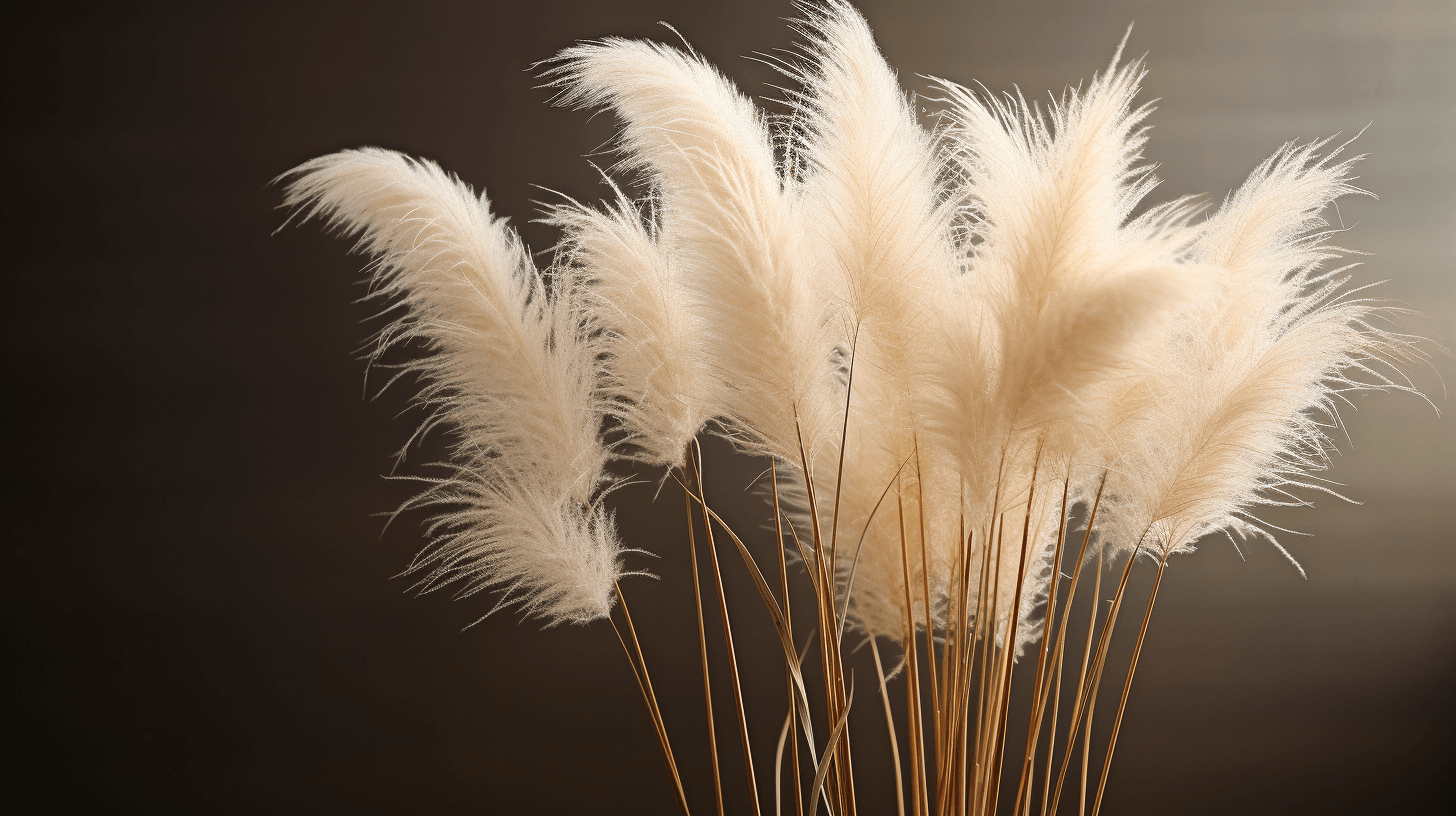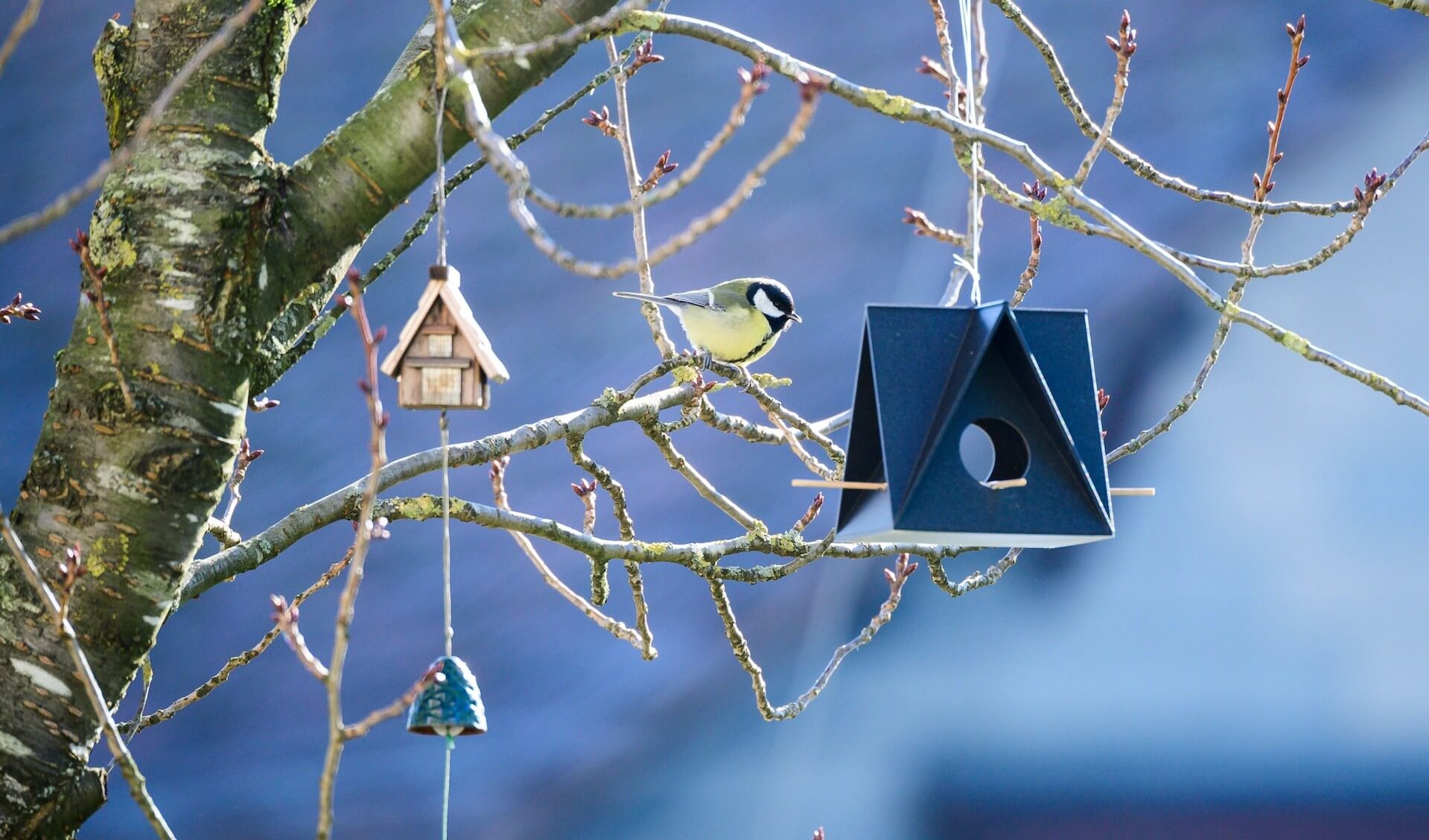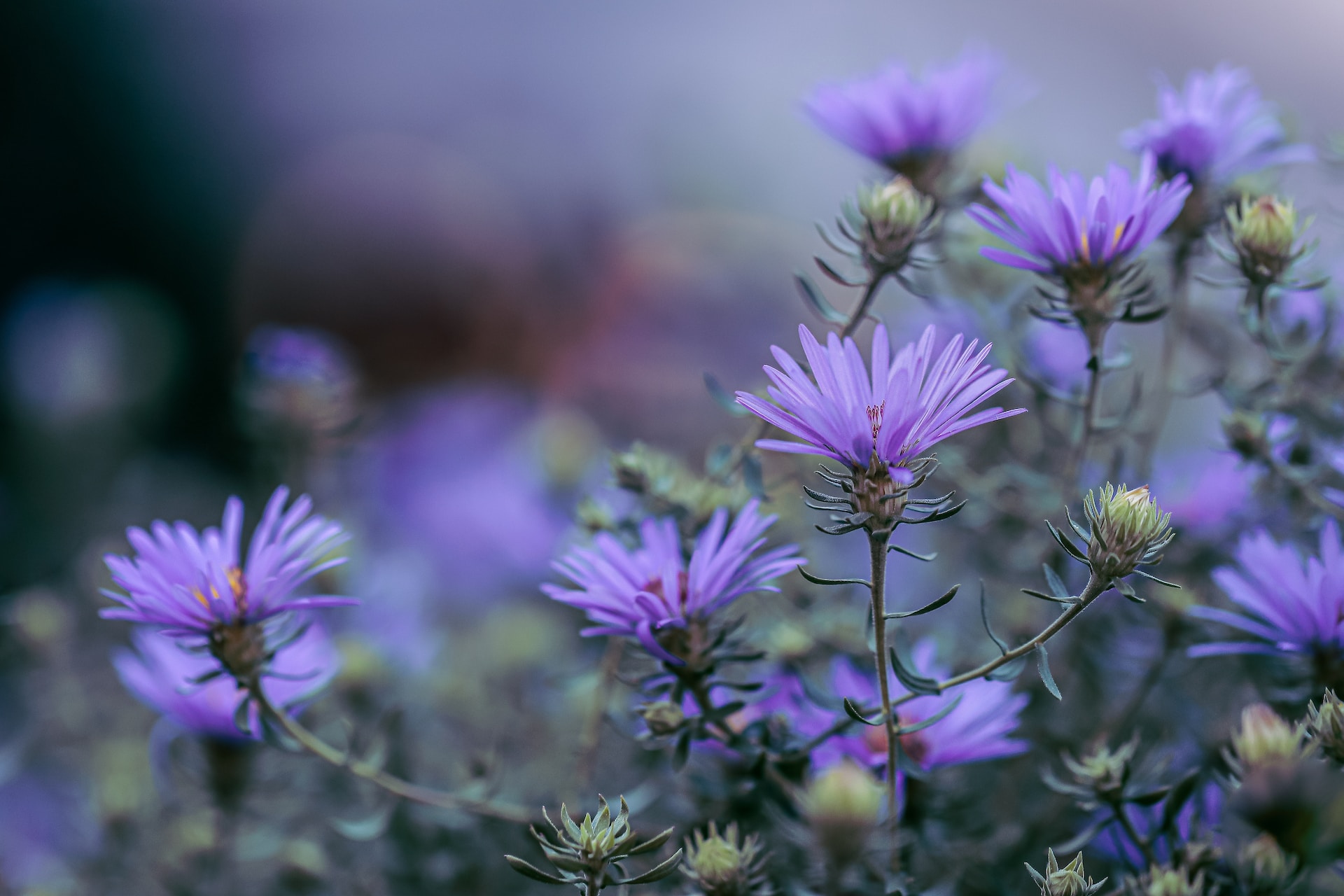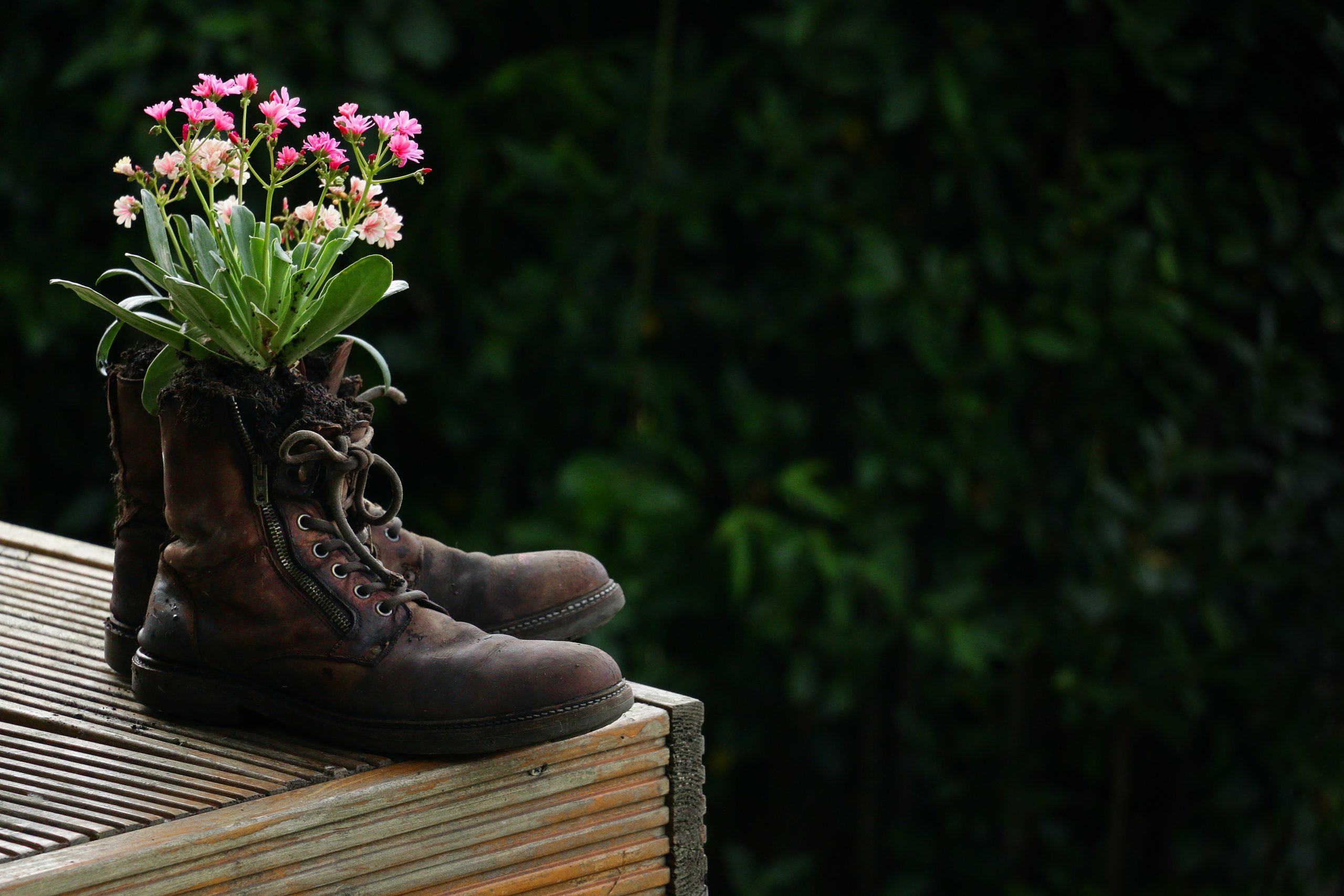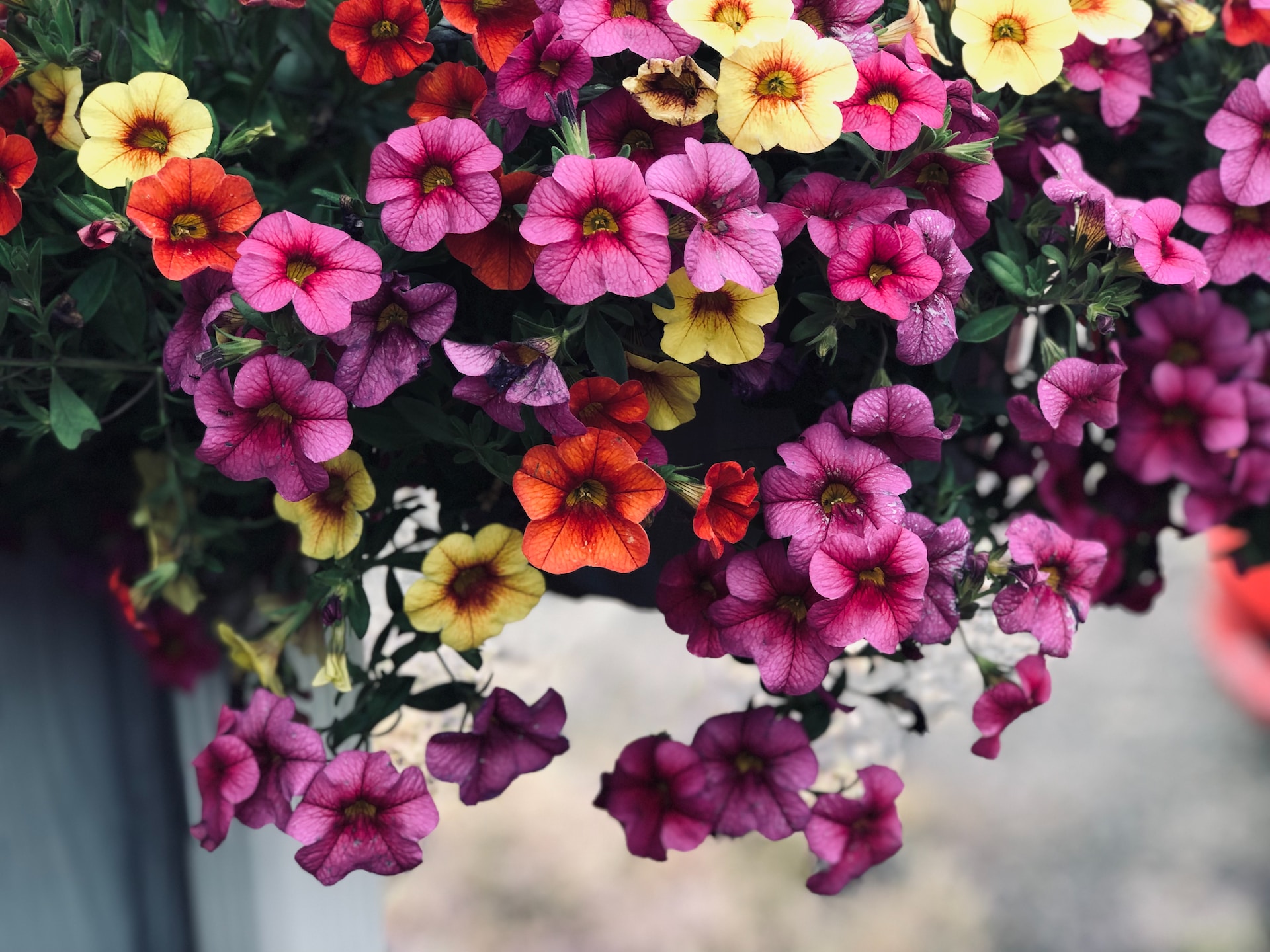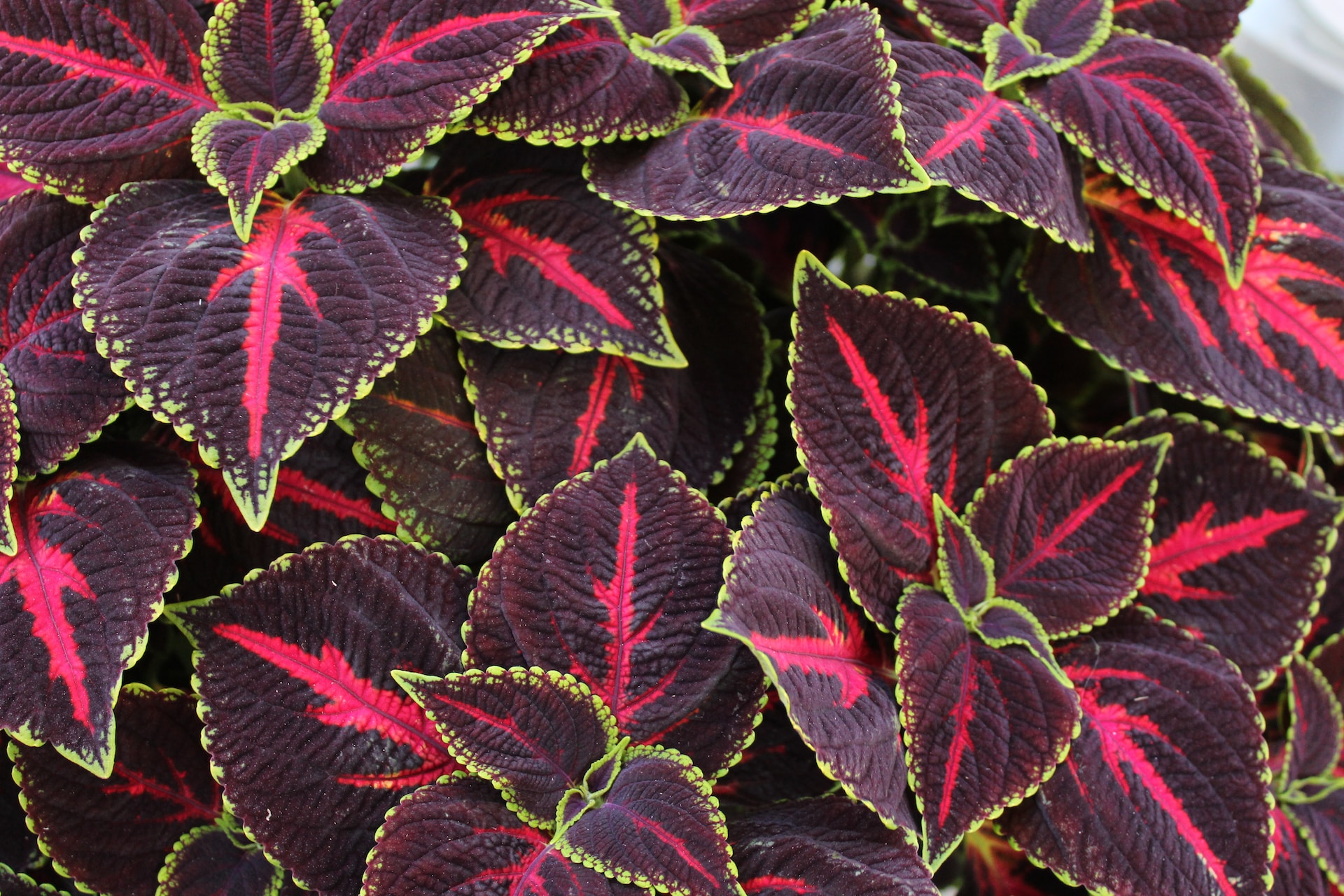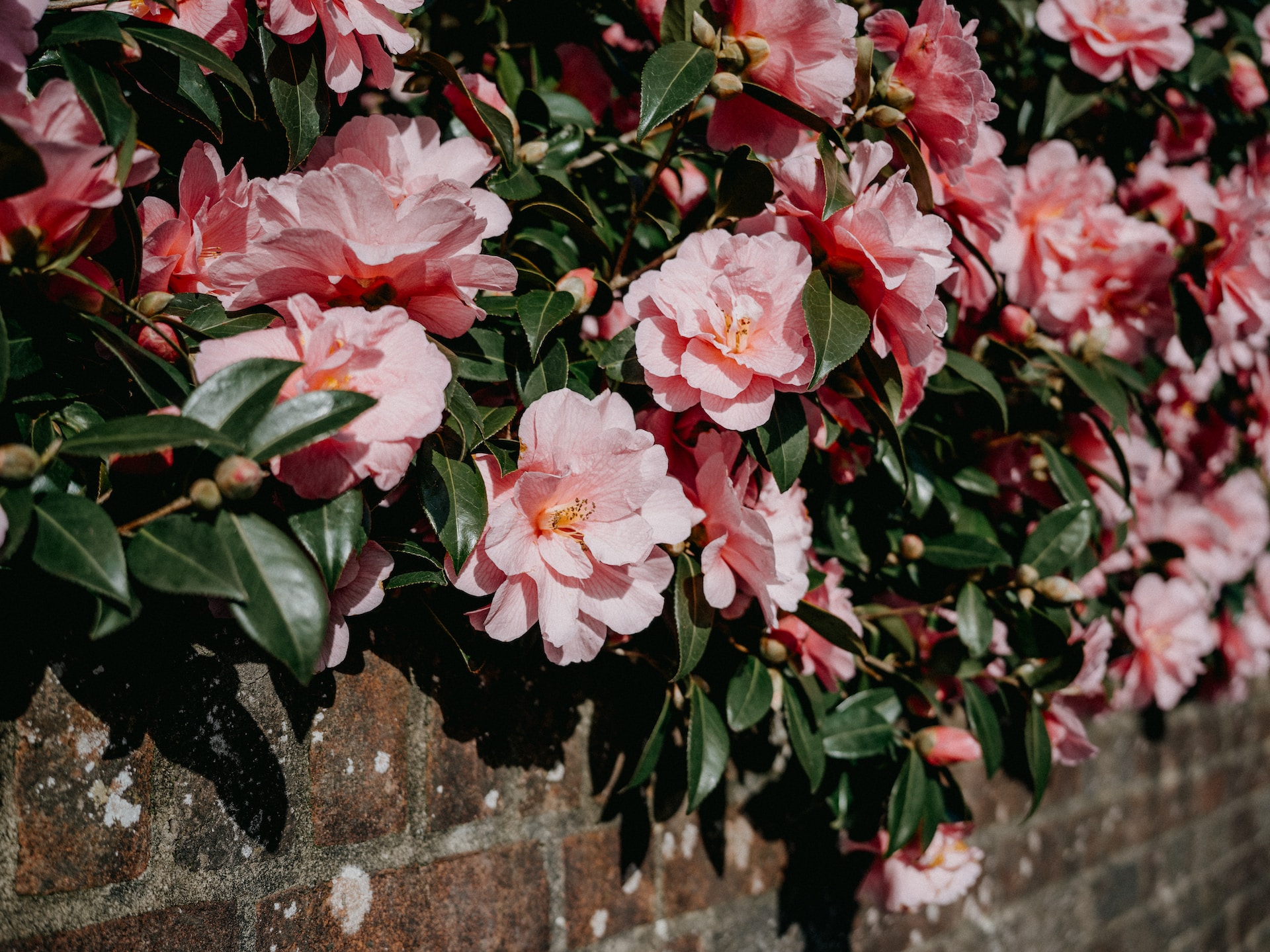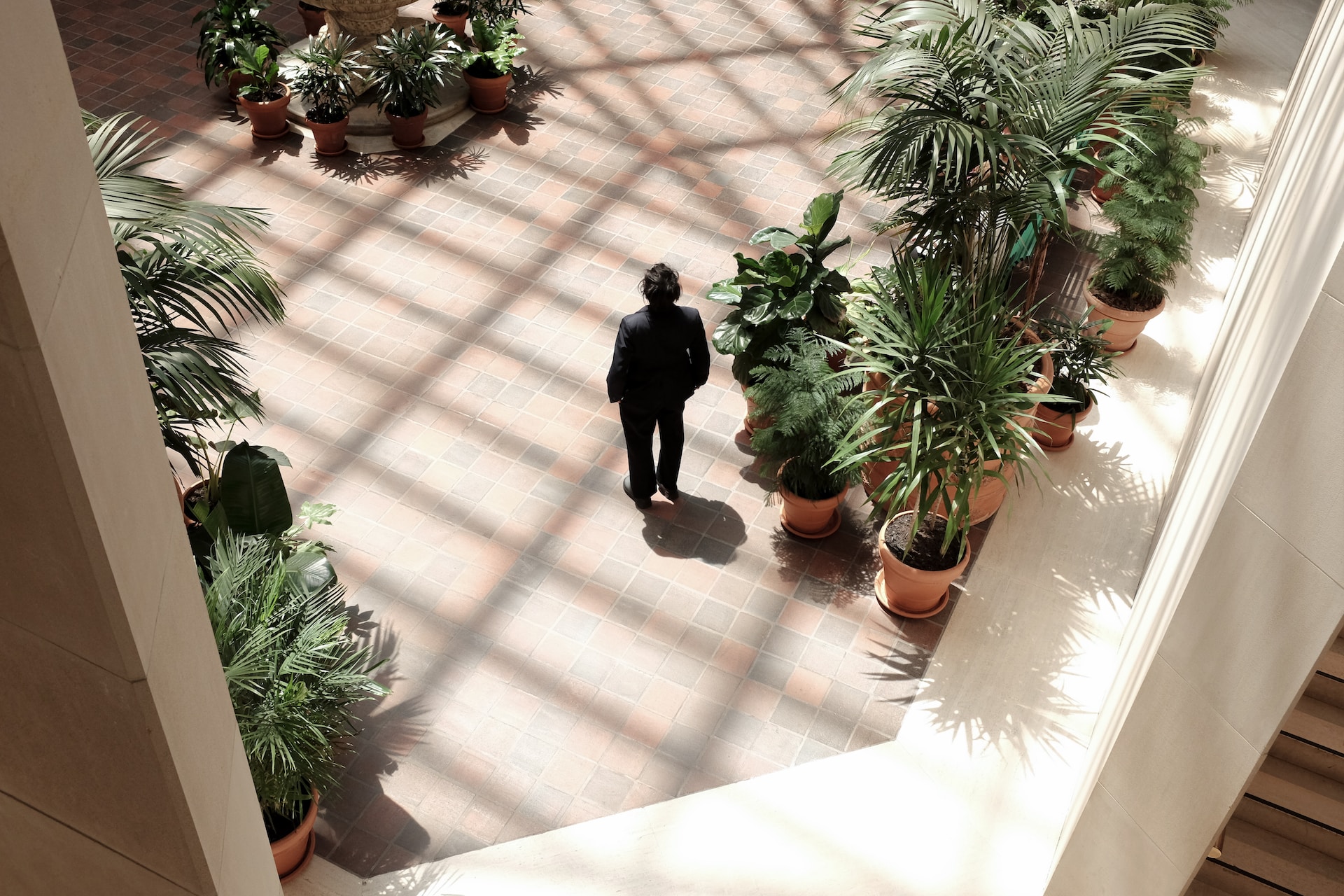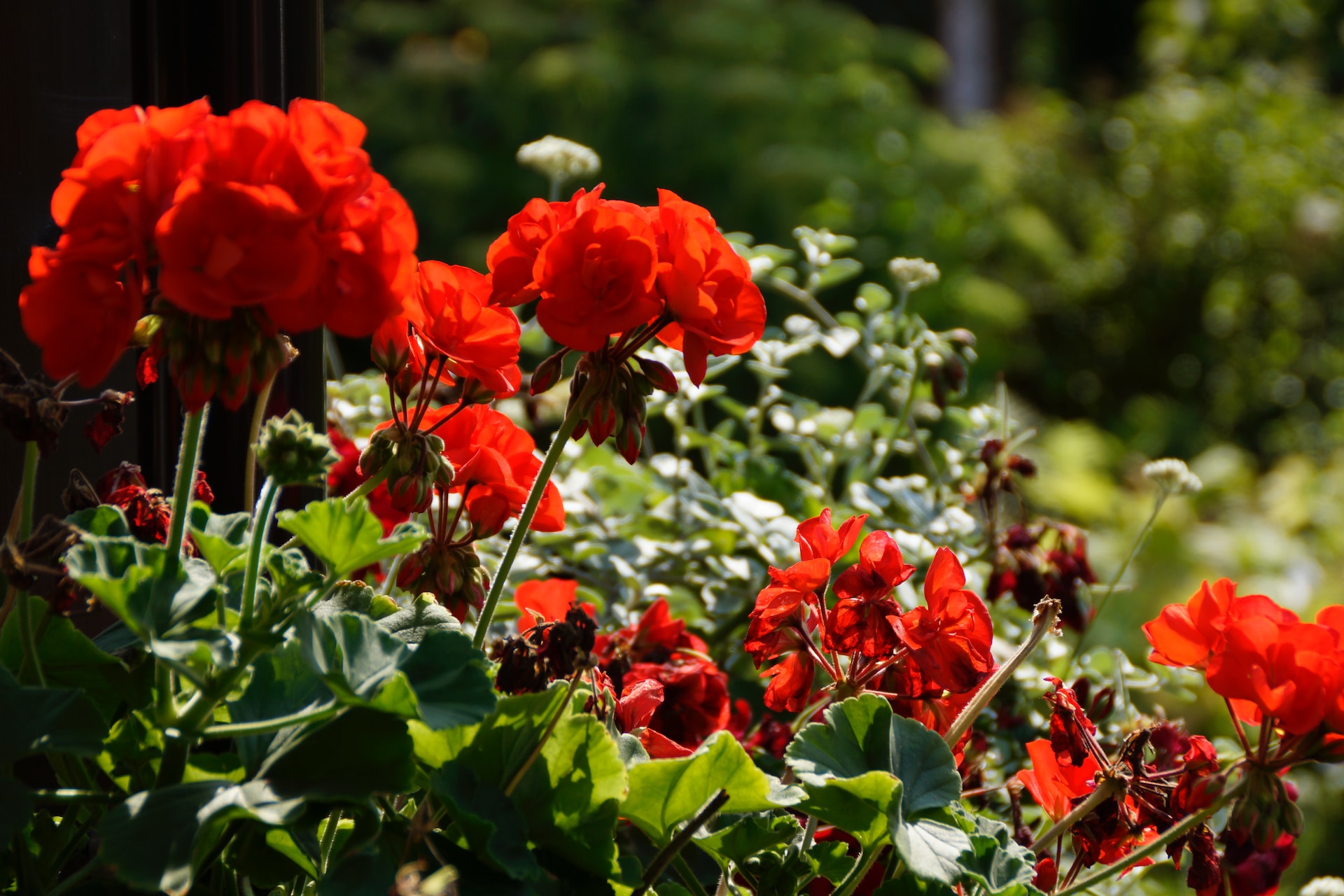
Propagating geraniums from cuttings is an excellent way to expand your garden or share these beautiful plants with others. In this step-by-step guide, we will walk you through the process of successfully propagating geranium (pelargonium) from geranium cutting.
What You’ll Need
Before we get started, make sure you have the following items ready:
- A sharp knife or any other sharp cutter: This will help you make clean and precise cuts.
- A small pot with proper rooting mix: Avoid using potting soil. It retains moisture and can lead to the rotting of the new growth roots.
- Rooting hormone: This optional but beneficial additive promotes root development and increases the success rate of rooting.

Step-by-Step Guide
Now, let’s dive into the process of propagating geranium cuttings:
- Sterilize your knife: Before making any cuts, ensure your knife is clean and sterilized. This step helps prevent the spread of diseases and ensures a healthy start for your cuttings.
- Make a clean cut just above the first growth point: Identify the first growth point. It is closest to the branching end of the stem. Using your sharp knife, make a clean cut just above this point. Aim for a smooth and even cut to facilitate root formation.
- Remove excess leaves and buds: Trim off any excess leaves near the end of the cutting by gently pulling them in the reverse direction. Also, remove any buds present on the stem. This helps divert energy towards root development rather than supporting unnecessary growth.
- Trim new growth at the end: Check the growth points near the end of the cutting and remove any new growth present. This step encourages the cutting to focus on root development rather than diverting energy towards new shoots.
- Retain a few top leaves and newly growing leaves: Remove all but the top few leaves on the cutting and any newly growing leaves at the top. This reduces water loss through transpiration and directs the plant’s resources towards rooting.
- Make a sharp cut just below the cleaned growth point: With a clean stem and removed growth points, make a sharp cut just below the growth point you cleaned up earlier. This cut should naturally be close to the end of the stem.
- Apply rooting hormone: If you have rooting hormone available, dip the cut end of the stem, about 1cm deep, into the rooting hormone. This helps stimulate root growth and improves the chances of successful rooting.
- Plant in a proper mix for cuttings: Fill a small pot with a suitable rooting mix, ensuring it is not potting soil. Potting soil retains moisture and can lead to rotting. Place the cutting into the pot, making sure the cut end is buried deep enough to provide stability.
- Water regularly until roots develop: After planting the cutting, water it thoroughly. Ensure the soil remains consistently moist but not overly saturated. Monitor the moisture levels and water when needed to keep the rooting environment optimal for the cutting to take root.
- Repot the cutting when new growth appears: Once the cutting has developed new growth and a healthy root system, it’s time to repot it into a larger container or into your garden. Use garden or potting soil suitable for geraniums, and provide the plant with the necessary care and maintenance it requires.
Tip: Choose a proper rooting mix
When it comes to choosing the ideal rooting mix for your geranium cuttings, it’s important to create a well-draining and nutrient-rich environment. A recommended mixture consists of one part coconut coir, peat moss, or vermiculite, which provides moisture retention and aeration. Combining this with one part perlite or sterile builders sand enhances drainage and prevents waterlogged conditions that can lead to root rot. This combination offers an optimal balance between moisture retention and aeration, allowing the cuttings to develop healthy roots. Experiment with different proportions to find the mix that works best for you. Keep in mind the importance of providing adequate drainage while retaining enough moisture for successful rooting.
Congratulations! You’ve successfully learned how to propagate geranium cuttings. With a sharp knife, proper rooting mix, and a little patience, you can expand your geranium collection and enjoy the beauty of these plants throughout your garden. Happy gardening!
** This post may contain affiliate links. This means that if you make a purchase through these links, I may earn a commission at no additional cost to you. I only recommend products or services that I would personally use and believe will add value to my readers. Thank you for your support!
Related Products from our Online Shop:
-
Close Geometric Glass Terrarium
£37.24 -
Terrarium Kit with Plants and Glass
£38.98 -
Venus Fly Trap (Carnivorous Dionea)
£13.99 -
Calathea Lancifolia Insignis Rattlesnake Houseplant
£5.50 -
Calathea Makoyana Houseplant
£5.50 -
Calathea Sanderiana Ornata
£7.95 -
Money Tree Pachira Aquatica Plant Braided Stem
£16.99 -
Petunia mixed seeds
£2.25 -
Ficus Elastica ‘Belize’ – Red Variegated Rubber Plant
£10.00 -
Elastica Tineke Rubber Plant
£12.50 -
Ficus Tineke Rubber Plant 30-40cm
£12.99 -
Ficus Robusta 3 Stem Rubber Plant 90 – 110cm
£49.99 -
Ficus Robusta Rubber Plant 30 – 45cm
£12.99 -
‘Large Stargazers Ring’ Dog and Man on Ring Bronze Statue
£30,700.00


